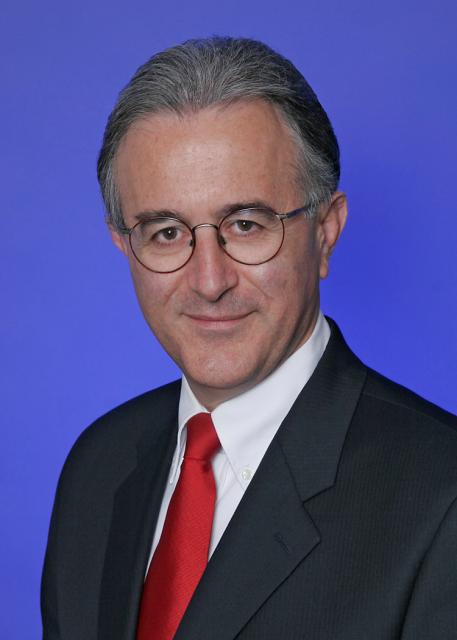Executive Leadership | Editor’s Message
To Our Readers
Finding a Common Language

Alberto Grignolo
Editor
Fellow of DIA
s a young professional starting an industry career in regulatory affairs almost four decades ago, I was soon confronted with the reality that the pharmaceutical industry and the Agencies that regulated it were antagonists, if not outright enemies.
My mentors advised and trained me to be wary, circumspect, and diffident when communicating with the US FDA. I was told that FDA reviewers were instructed to view industry in the same way, and to watch out for the worst of behaviors from sponsors. Apparently, there were sound historical reasons, war stories, and battle scars on both sides to justify these negative attitudes. Each party expected the other to be obstinate, unreasonable, illogical, generally untrustworthy, and only occasionally (when forced) honest and transparent. The situation in Europe, with its background of pre-1992 regulatory fragmentation affording little opportunity for uniformity of industry-Agency dialogue across the Continent, was no better. Asia, Central and South America, and Africa did, and to some extent still do, suffer from a degree of fragmentation that leads to poor communication, duplication, and misunderstandings.
The realities of the 1980s included unpredictably and uncontrollably long Agency review times for marketing applications. How long? Three to five years or even longer, with no Agency accountability for meeting nonexistent deadlines. Furthermore, each country required a specific format (and often different data) for marketing applications, so sponsors had to customize each application to the target country, at a time when typewriters had not yet been replaced by word processors. Websites, email, and teleconferencing were in the realm of science fiction. Life was hard, multiplication of effort was the norm, and long delays were a fact of life. Solutions were needed.
Fast-forward to 2018. Thanks to ICH, the Common Technical Document, regulatory harmonization and convergence, user fees, scientific innovation, technology, online tools and communication, global travel, tens of thousands of constructive interactions spanning more than 30 years, and numerous DIA-convened public conferences that have helped foster dialogue and build industry-Agency comfort with one another, industry and regulators in dozens of countries in at least three continents have found ways to work together with professionalism and relative transparency, with accountability on both sides, with mutual respect, and a greater measure of reciprocal trust. This has taken a lot of hard work by all involved and, as measured by speed and quality of regulatory reviews (among other metrics), has been a success. Better communication has led to tangible progress. Industry and regulators have found a common language and they understand each other well.
At DIA Europe 2018 this past April, I attended an illuminating session on “The Role of Unmet Need in Regulatory and Pricing Decision Making.” The expert panelists included a patient advocate, an industry sponsor, a regulator, and two HTA representatives. The premise of the session was that there is no agreed definition of “unmet medical need” among these stakeholders, which leads to misaligned expectations and to impaired patient access to medicines. This is not a trivial matter of semantics.
All panelists were professional, respectful of each other, articulate, competent, and absolutely firm in their respective divergent positions. The issue of what is meant by “unmet medical need” was not resolved, nor could it be in the short span of the session. Divergent positions remained unchanged but what DID emerge with dramatic clarity was the urgent need for these stakeholders to find a common language (not only about unmet need, but much more broadly) and a way to cooperate across their respective silos to ensure affordable patient access to medicines.
History shows that industry and regulators overcame that old antagonism, learned to communicate effectively with one another, and to advance innovation rapidly to the regulatory approval stage. Yes, this required money (user fees, ICH fees, travel costs, manpower costs, and more). HTAs, payers, patients and sponsors have not yet honed their communications and are “talking past each other,” almost like antagonists. Yes, much of this is also about money (the price of medicines, the cost of R&D, and more). But we must find our way around this impasse in a spirit of mutual respect, transparency, and a sincere shared willingness to find a solution. Patients are waiting.
The urgency of finding a new common language has never been greater.
P.S. For your convenience, this issue of Global Forum features concise summaries capturing key takeaways and highlights from all nine themes of DIA Europe 2018.
Alberto Grignolo, PhD
Editor
Global Forum
Fellow of DIA
Send your feedback on this issue to:
Publications@DIAGlobal.org

